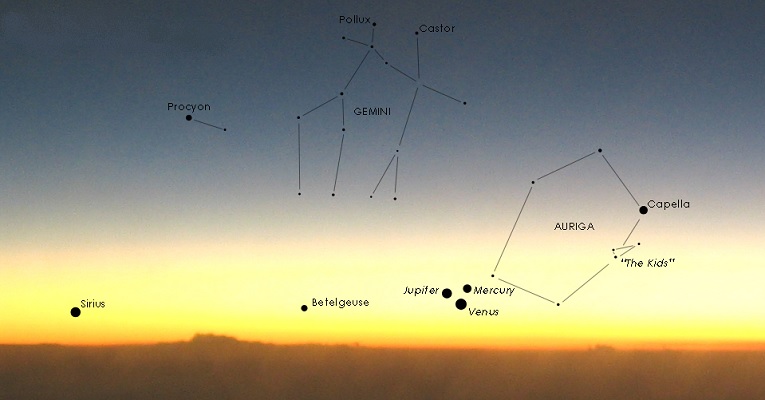Dog Days of Summer: July 3 - August 11
The “dog days of summer” occur during the hottest and muggiest part of summer.
But where does the term come from? Why do we call the hot, sultry days of summer “dog days?” Here's the answer!
In ancient times, when the night sky was free from artificial lights people in different parts of the world drew images in the sky by “connecting the dots” of stars. These star pictures are called constellations, and the constellations as we know them came from our European ancestors.
Ancient star gazer's saw images in the stars of bears (Ursa Major and Ursa Minor), twins (Gemini), a bull (Taurus), and others objects, including dogs (Canis Major and Canis Minor). (more below...)
The brightest of the stars in Canis Major (the big dog) is Sirius, which also happens to be the brightest star in the summer night sky. In the summer, Sirius, the “dog star”, rises and sets with the sun.
The conjunction of Sirius with the sun varies somewhat with latitude. And the “precession of the equinoxes” (a gradual drifting of the constellations over time) means that the constellations today are not in exactly the same place in the sky as they were in ancient times. Today, the "dog days" occur during the period between July 3 and August 11.
And now you know!


















